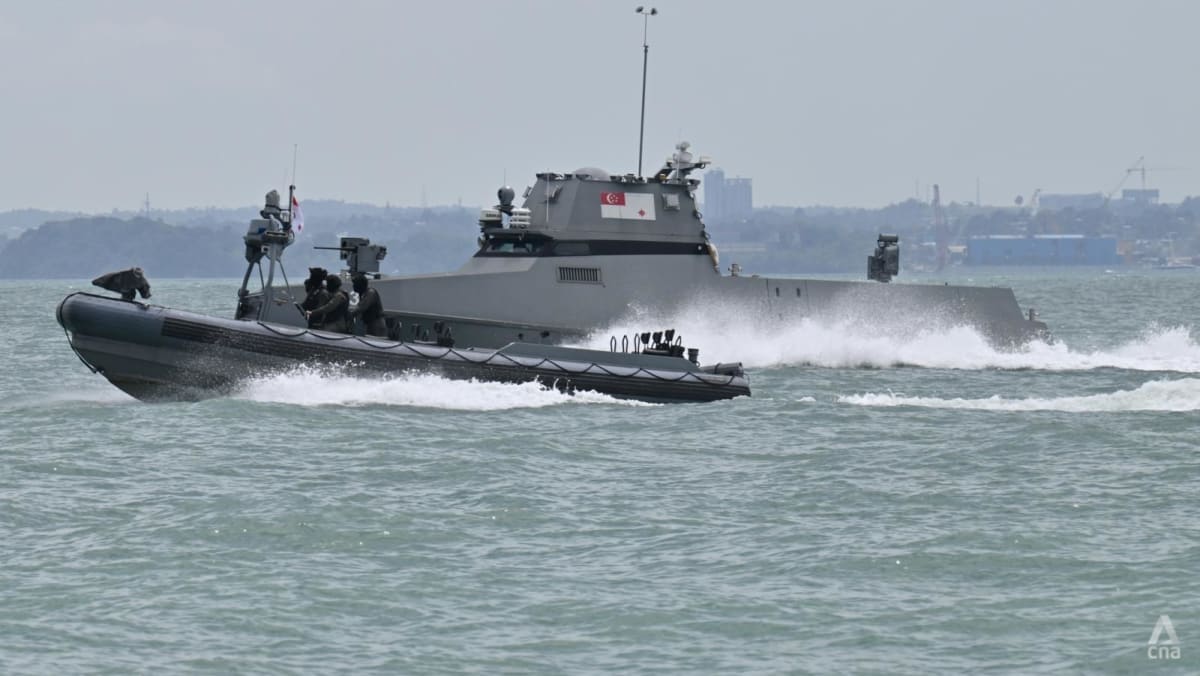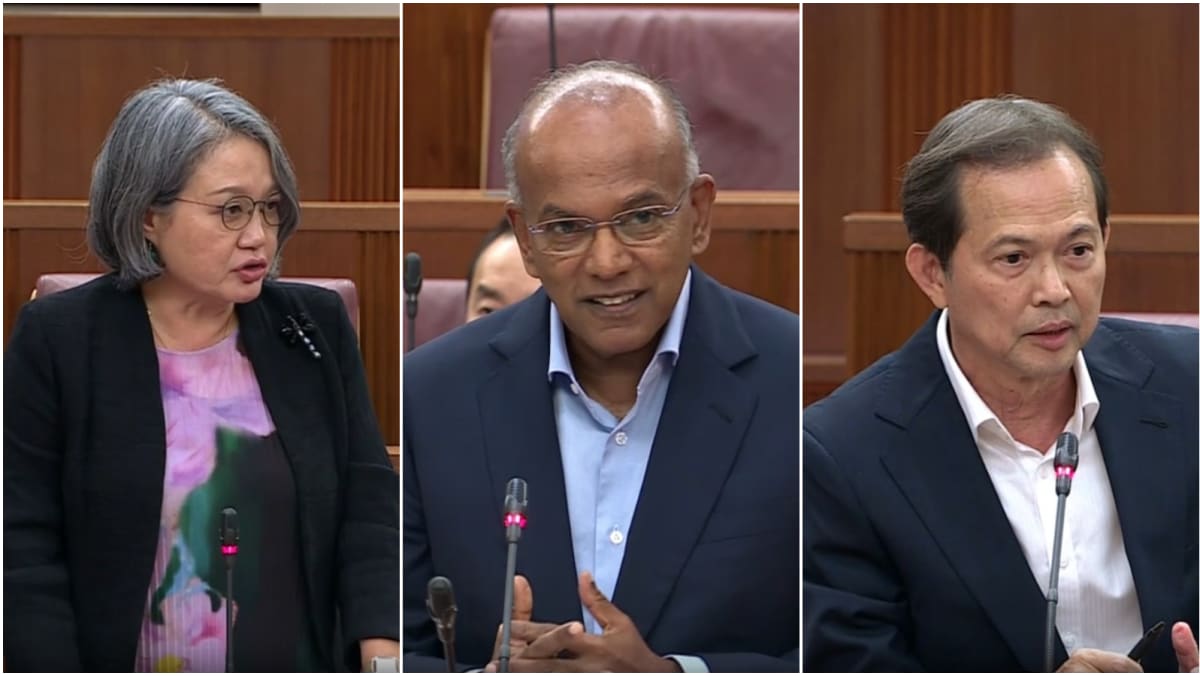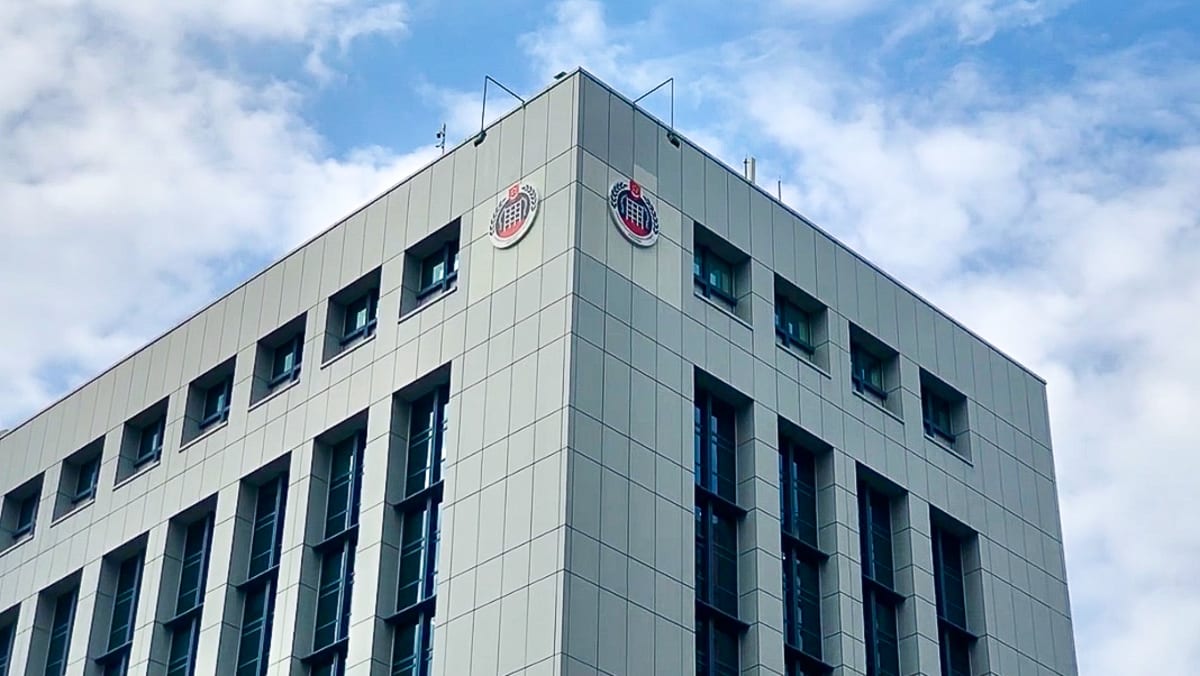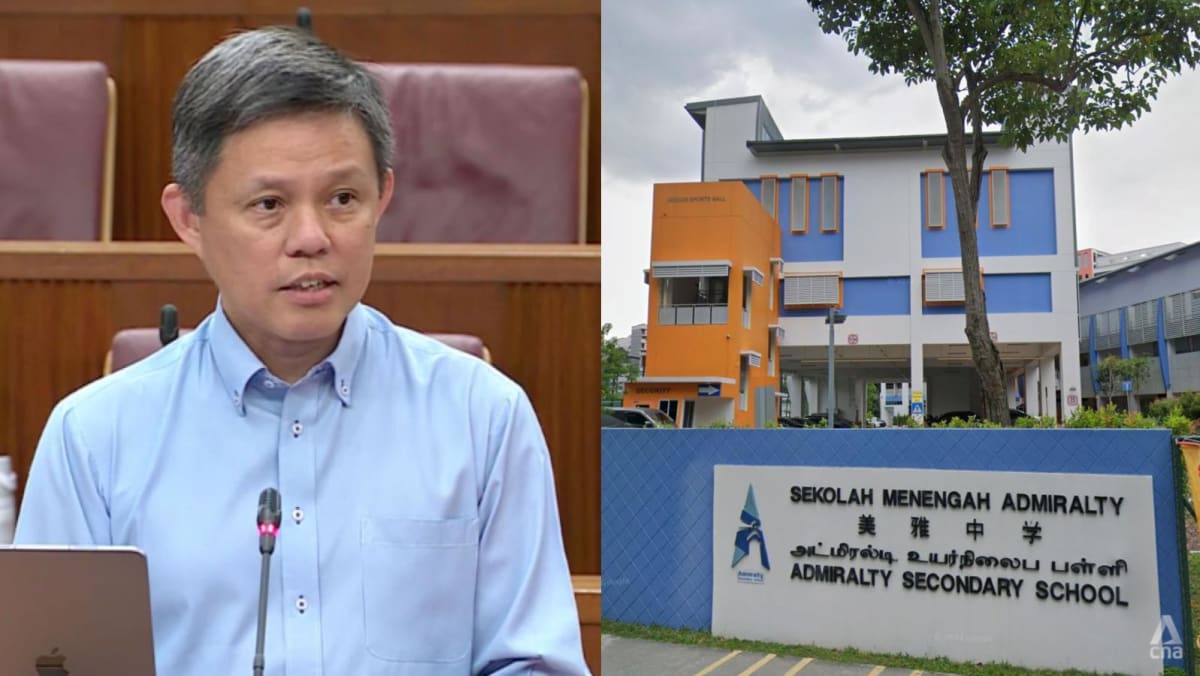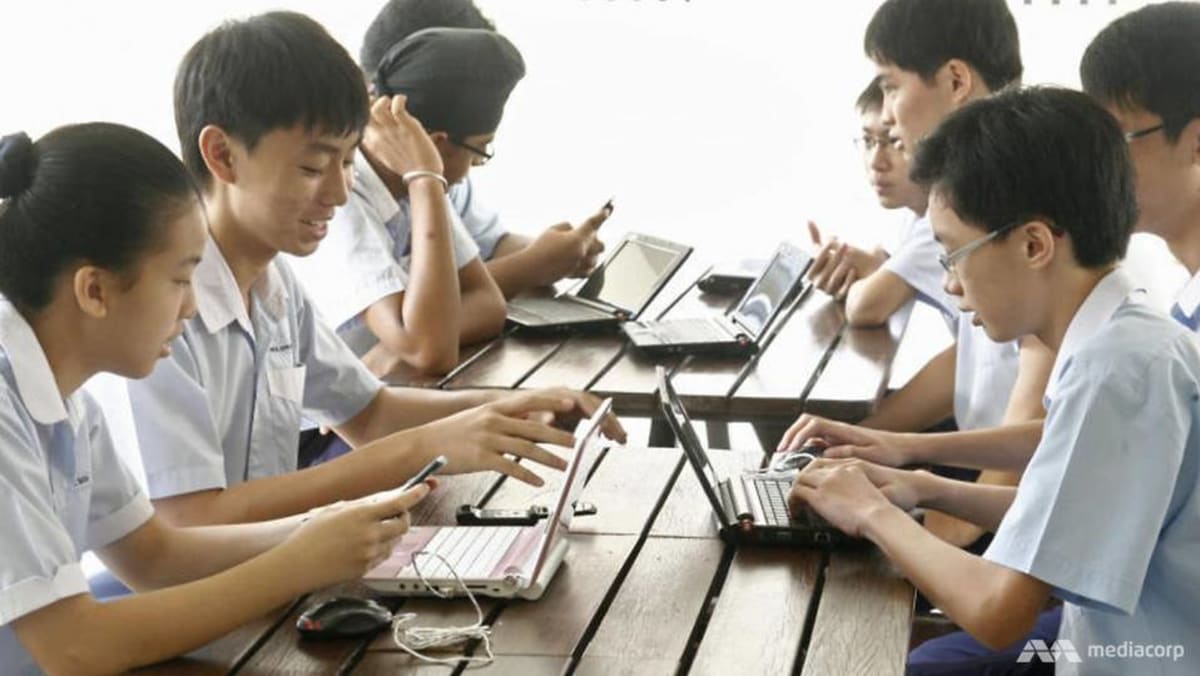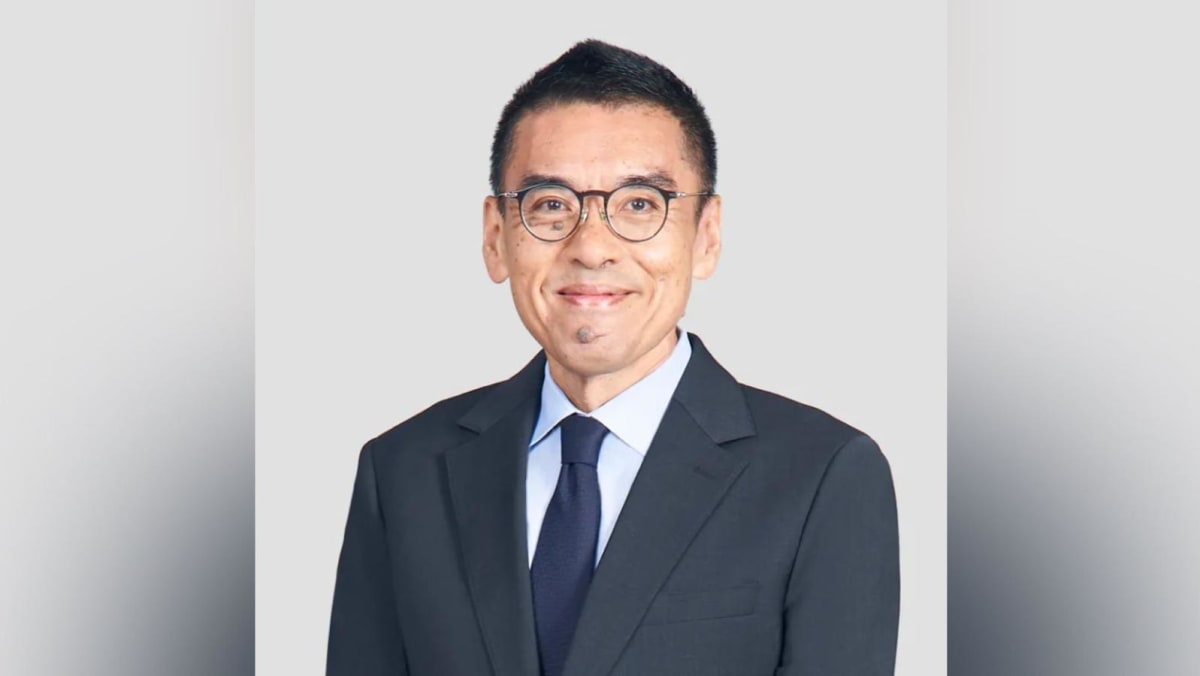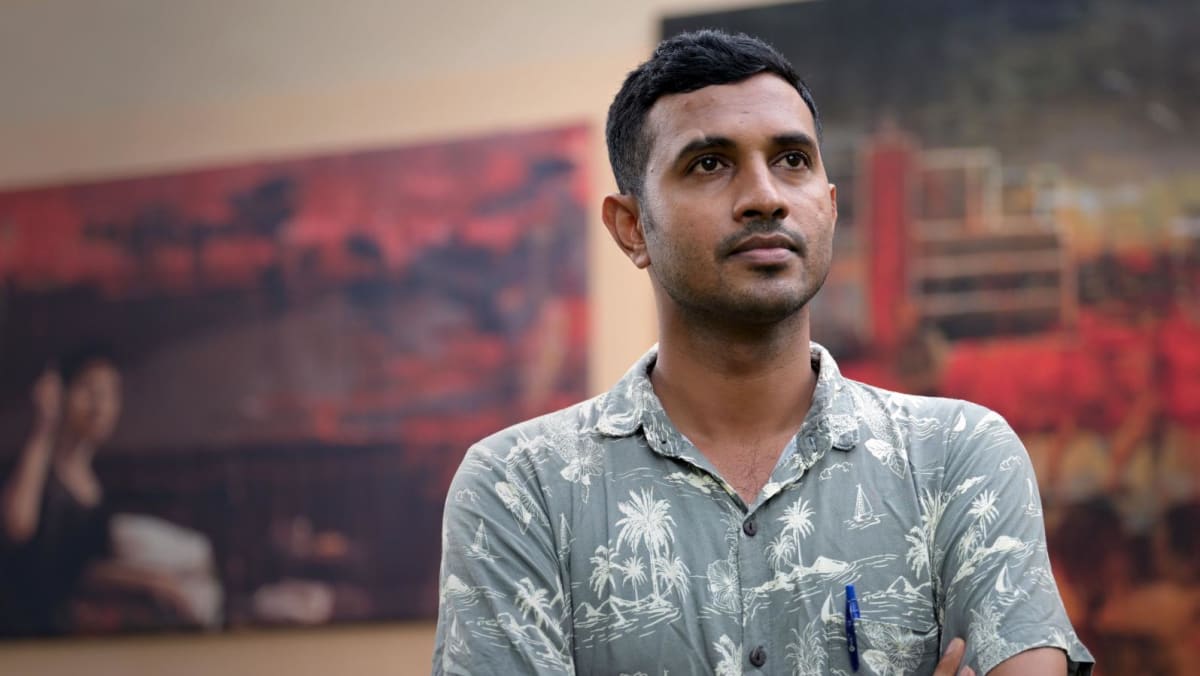In Singapore, many operators are exploring hydrogen and solar power for their increasing needs and to cut carbon emissions.
Some are also looking at the option of nuclear reactors, but industry watchers said there is still some distance to go before realising the ambition.
For a start, they are pushing for an advisory framework that conducts feasibility studies and grows technical expertise in the field.
ENERGY EFFICIENCY
Data centre operator Equinix, for instance, is already implementing a more efficient cooling system to go green with its energy consumption.
The US digital infrastructure company operates more than 260 data centres across the world, including six in Singapore.
The firm will kick off the usage of liquid cooling technology in its data centres this year, which is 3,000 times more feasible in terms of cooling high compute AI Graphics Processing Unit (GPU).
It is also looking at the possibility of using small modular nuclear reactors (SMRs) to generate power in the future.
“In terms of the SMRs, we’ve started to explore pilots. I would say that it’s nascent, and it’s in the study period,” said Yee May Leong, managing director of Equinix Singapore.
“We’re optimistic that it will be one of the green energy solutions for us in the near future.”
Other clean energy solutions that the company is exploring include fuel cells, hydrogen and ammonia.
“We’ve been partnering with the Singapore government to create new pathways and alternative green transition energies,” said Ms Leong, adding the firm is supportive of the Singapore Green Plan, which sets targets for sustainability in the nation by 2030.
She noted that partnership between the industry, energy providers, as well as policy makers, is a key success ingredient for green energy solutions to be taken on a scalable manner.
WHY SMRs?
Conventional nuclear facilities can produce a large amount of energy, but Singapore just does not have the space, said observers.
It also takes some 20 years to lay the groundwork for nuclear facilities, constructing infrastructure and installing components, before it can start generating power.
One alternative is SMRs, built at a fraction of the size of a regular nuclear power plant, which can be up and running much faster.
Industry players said the advantages of SMRs include scalability, lesser servicing requirements, enhanced safety features, and the potential for integration into Singapore’s compact energy infrastructure.
“Importantly, we don’t have the blessings of large land areas… where we can put large-scale facilities away from urban areas and protect them from the population,” said Mr Matthew Oostveen, chief technology officer for Asia Pacific and Japan at data storage company Pure Storage.
National University Singapore (NUS) Professor Lee Poh Seng cautioned that the transition to nuclear power is highly complex. Adaptation requires overcoming challenges that include changing public perception, which will involve education campaigns to build trust and address safety and environmental concerns.
Additionally, there will be high initial capital cost, with long lead times for deployment and a need for specialised workforce capabilities.
He said that while Singapore has not made an official position yet on the deployment of nuclear energy, there is a need to develop an advisory framework to assess its feasibility, and build regulatory expertise.
“We will continue to track the development for solutions like SMRs,” said Prof Lee, who is the programme director of NUS’ Sustainable Tropical Data Centre Testbed.
“In parallel, what we can do is continue to address the safety issues, the governance issues, as well as the legal issues. So when such solutions become available, we have the necessary framework to quickly proliferate the adoptions.”
DEMAND FOR GREEN ENERGY
Singapore has signed an agreement with the US on nuclear cooperation to learn more about the latest technologies and scientific research from American organisations.
Mr Oostveen said the industry expects to see more demand for data storage in Singapore over the next few years.
“Large organisations are really comfortable with placing their data assets and their physical compute assets in Singapore. It is safe. It is secure. There is a big depth of talent that’s available to be able to work on these systems,” he told CNA.
With Singapore looking to expand its data centre capacity by more than a third in the near term, the clock is ticking for the Republic to find a feasible renewable energy source that can satisfy rising computing needs.
Prof Lee said the government’s emphasis on carbon pricing and incentives for sustainable practices will drive operators to adopt greener technologies and practices.
“The Green Data Center Roadmap amplifies this push by setting stringent targets for energy efficiency and encouraging innovation across sectors,” he said, referring to a framework to improve data centre sustainability.
“Through these measures, Singapore is laying the foundation for a future-proof energy ecosystem that minimises dependence on fossil fuel while supporting the sustainable growth in the data centre industry.”
He added that achieving net zero emissions by 2050 will require a continued focus on innovative energy solutions, international collaborations and robust policy frameworks.


